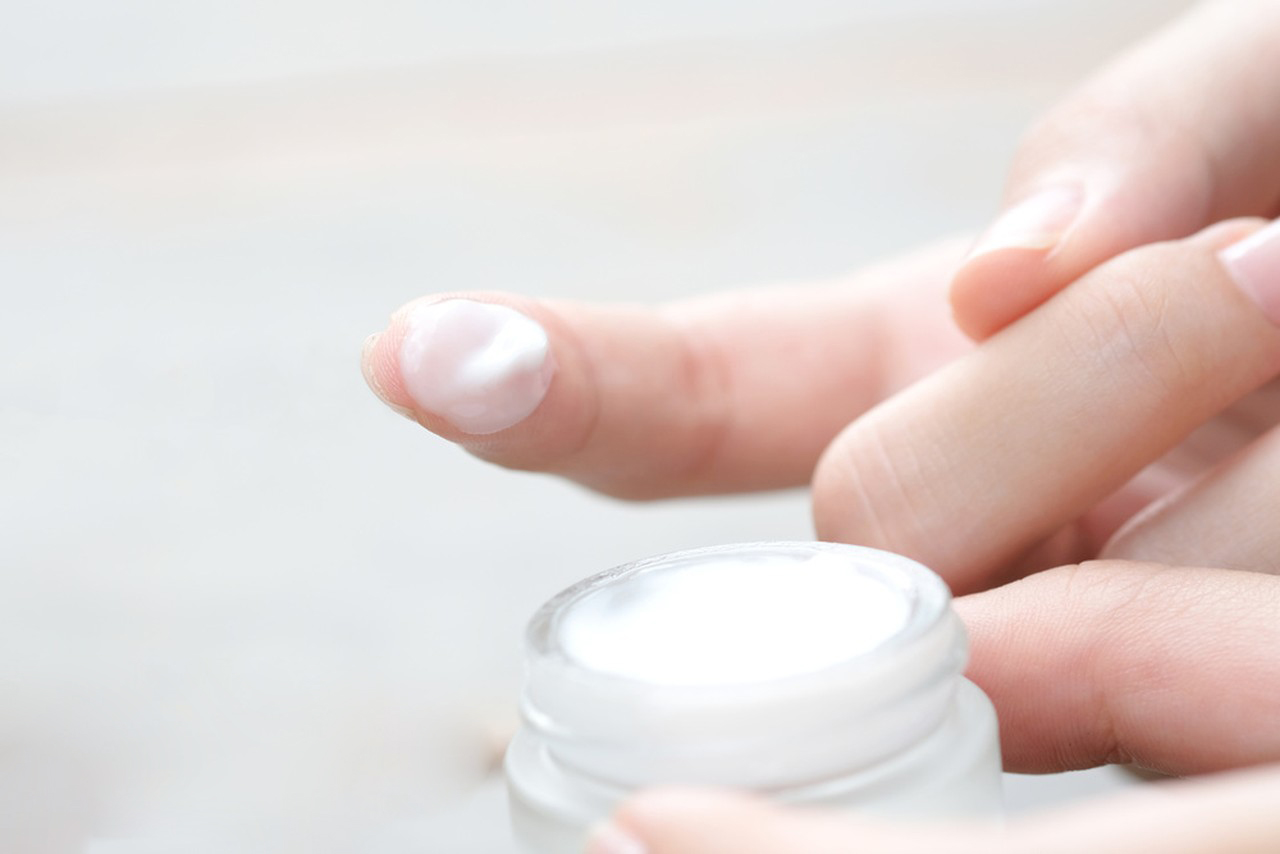Kojic acid is a naturally occurring compound that is primarily used in skincare for its skin-brightening and lightening properties. It is a byproduct of certain fungi, such as Aspergillus oryzae, and is often found in fermented products like soy sauce and rice wine. Kojic acid can also be derived from mushrooms or other plant sources. It is commonly used in cosmetics and topical formulations due to its ability to inhibit melanin production, making it effective in treating hyperpigmentation, dark spots, and other skin discolorations.
Key Properties and Uses:
- Skin Lightening: Kojic acid is a popular ingredient in products designed to lighten the skin, reduce the appearance of dark spots, and improve overall skin tone. It works by inhibiting the enzyme tyrosinase, which is responsible for the production of melanin (the pigment that gives skin its color).
- Hyperpigmentation Treatment: It is used in the treatment of conditions like age spots, freckles, melasma, and post-inflammatory hyperpigmentation caused by acne.

- Antioxidant and Antibacterial: Kojic acid has antioxidant properties that help neutralize free radicals and protect the skin from oxidative stress. It also has mild antibacterial effects, which can help prevent acne and other skin conditions.
- Formulations: It is commonly found in serums, creams, soaps, and lotions. It may be combined with other ingredients like vitamin C, niacinamide, or glycolic acid for enhanced skin brightening effects.
Side Effects and Precautions:
- Skin Sensitivity: Kojic acid can cause skin irritation, redness, or sensitivity, particularly in people with sensitive skin. It is essential to patch-test new products before full use.
- Sun Sensitivity: Kojic acid may increase the skin’s sensitivity to the sun. It is recommended to use sunscreen during the day when using products containing kojic acid to avoid sunburn and further skin damage.
- Long-Term Use: Although kojic acid is generally considered safe for topical use, prolonged use in high concentrations can lead to side effects such as skin irritation, redness, and the potential for developing ochronosis (a rare, reversible skin condition characterized by a bluish-black discoloration).

Concentration:
Kojic acid is typically used in concentrations ranging from 1% to 4% in over-the-counter products. Higher concentrations may be available in prescription formulations but should be used under the guidance of a dermatologist.
Overall, kojic acid is a popular and effective ingredient in the skincare industry for its ability to reduce pigmentation, brighten the skin, and improve overall complexion. However, it should be used with caution, especially by those with sensitive skin.
